A New Book About the 2CV Inspired CCV — The China Car

In the mid 1990s, Chrysler’s heyday, after its resuscitation in the Lee Iaccocca era and the success of the K-Car, the company decided to set their sights on developing techniques that pushed manufacturing limits toward new automotive frontiers.
At the time, Bob Lutz was the head of Chrysler. He owned a Traction Avant and had an appreciation for the 2CV, its remarkable development history, and the impact it had in mobilizing French rural folk following World War II. The number three person at Chrysler was François Castaing. He was originally sent over to North America by Renault when they still had their eye on the US market. When that fizzle, he joined Chrysler and rose to be in charge of production.
François Castaing challenged a group of free-spirited Chrysler engineers to design and build a unique automobile for the vast number of people around the world who could afford nothing but a bicycle. This project became known internally as “The China Car.”
The China Car is a new book by François Castaing that provides much greater detail about a project that has fascinated many of us in the Citroën community.
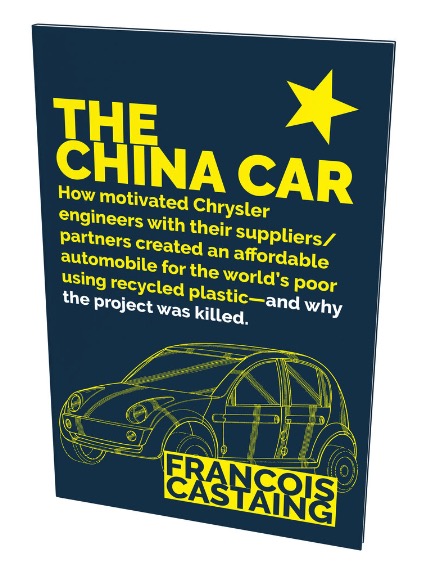
It has often been referred to as the CCV (China Concept Vehicle) as it publicly called at the time — (two Cs and a V – a spin on the 2CV in our community – as it was common knowledge that Dave Allen sold Chrysler a ‘50s 2CV that he sourced from Maine). Chrysler took it apart to determine how to build a basic vehicle for China with many of the attributes of the 2CV. When Chrysler decreed their specifications for an emerging market vehicle, they were:
1) To be an economical small car that people would purchase to be used in harsh remote environments.
2) To be spacious to accommodate five adults and their luggage, yet be minimalist in components used and in its servicing.
3) To have low petrol consumption and sufficient ground clearance to drive over almost any terrain.
Castaing knew that these were almost identical (save for adding one more adult) to what Pierre-Jules Boulanger had cited back in the early 1930s in his design brief for Citroën’s TPV project, the forerunner of the 2CV.
The book discusses how motivated Chrysler engineers with their suppliers/partners created an affordable automobile for the world’s poor using recycled plastic. Early on, the team discovered that molding large parts of the new vehicle in recycled plastic might be the only way to achieve their goal. Polyethylene Terephthalate or PET is the common plastic material most of our bottles are made of. PET is safe, reusable, and inexpensive, but as an example, we in the USA throw away 35 billion empty bottles every year to landfills, streets, parks, and waterways.
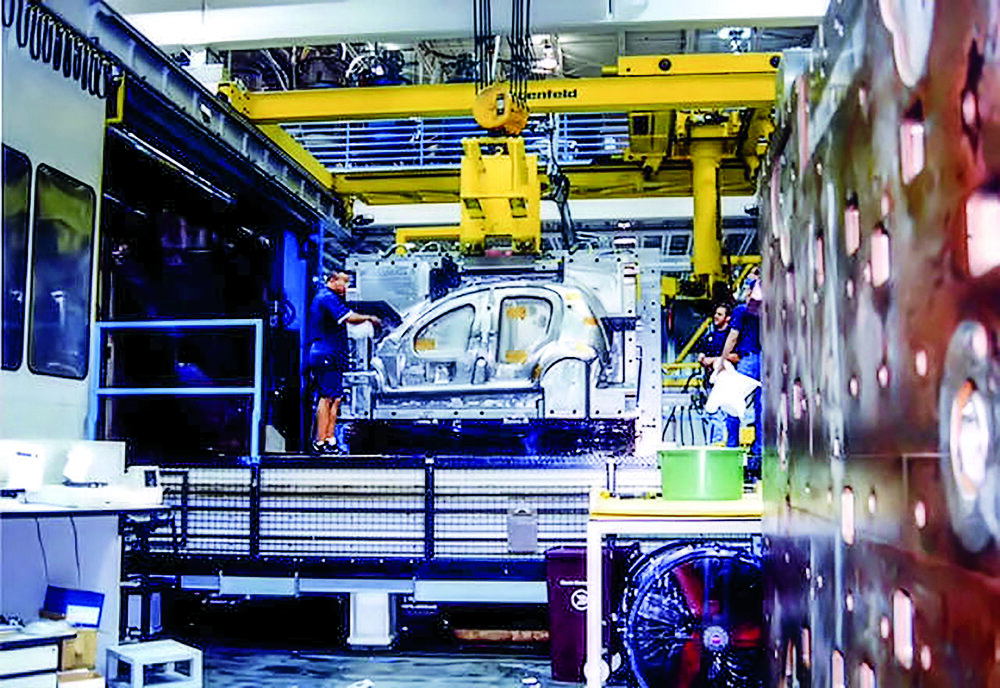

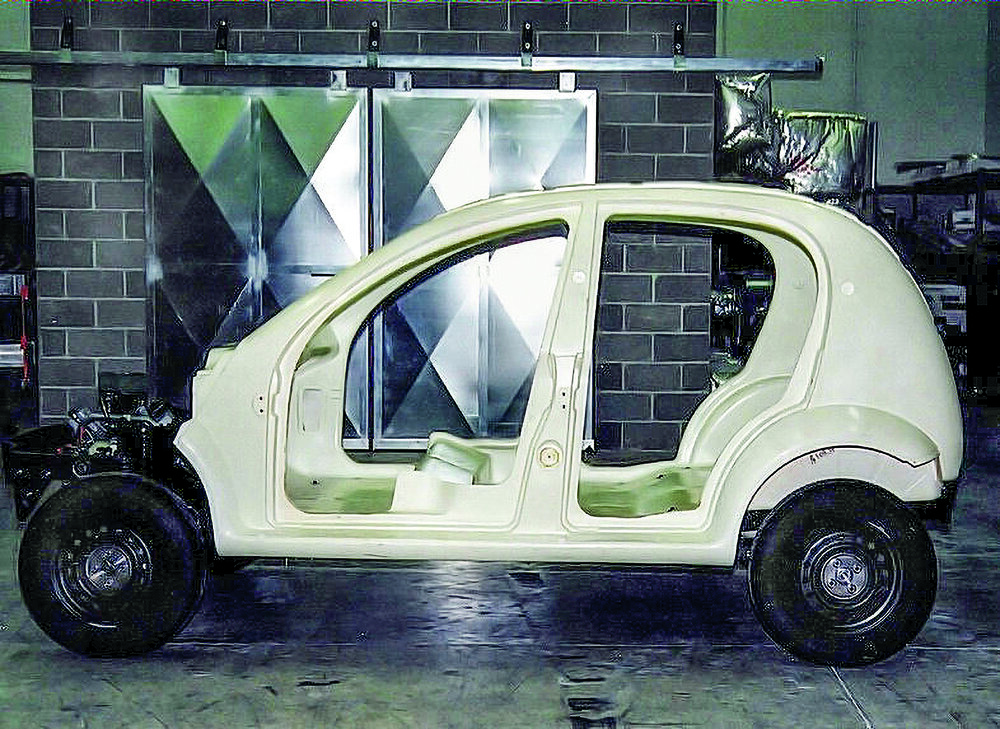
This book closely examines the challenges of producing plastic car bodywork, the difficulties of selling the car inside the company as well as outside to consumers, and the reasons why the project was unsuccessful and finally canceled. It provides an unflinching look at how decisions were made at Chrysler and illustrates that the CCV was far more developed than we had ever thought!
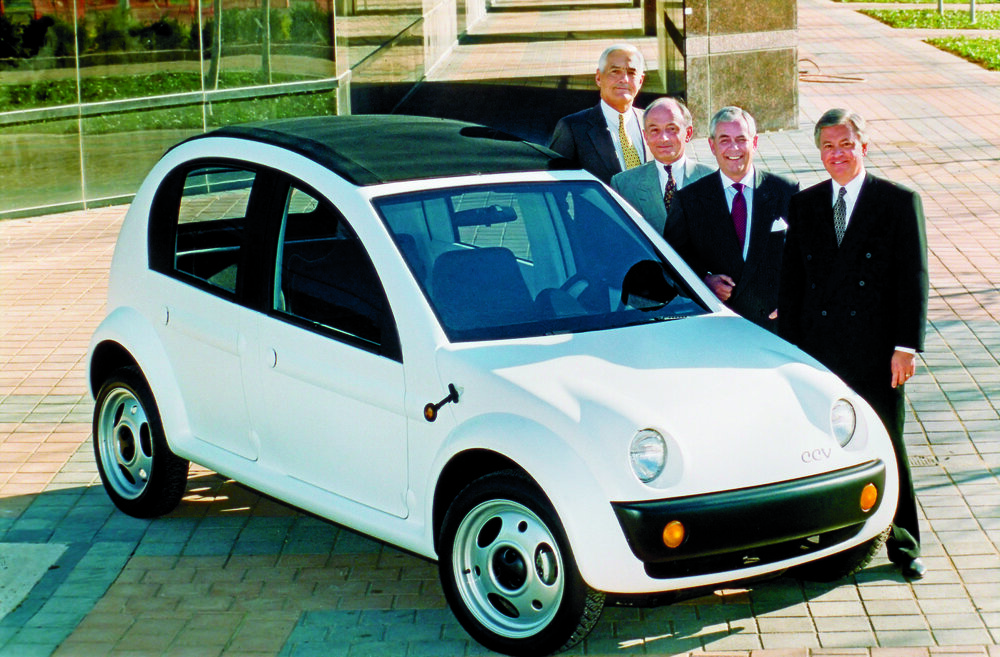
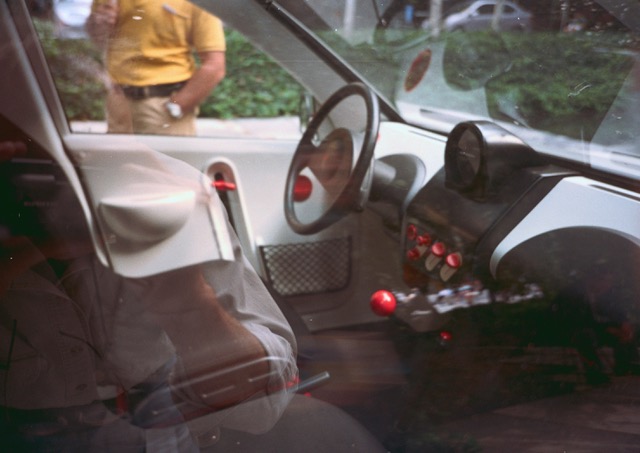
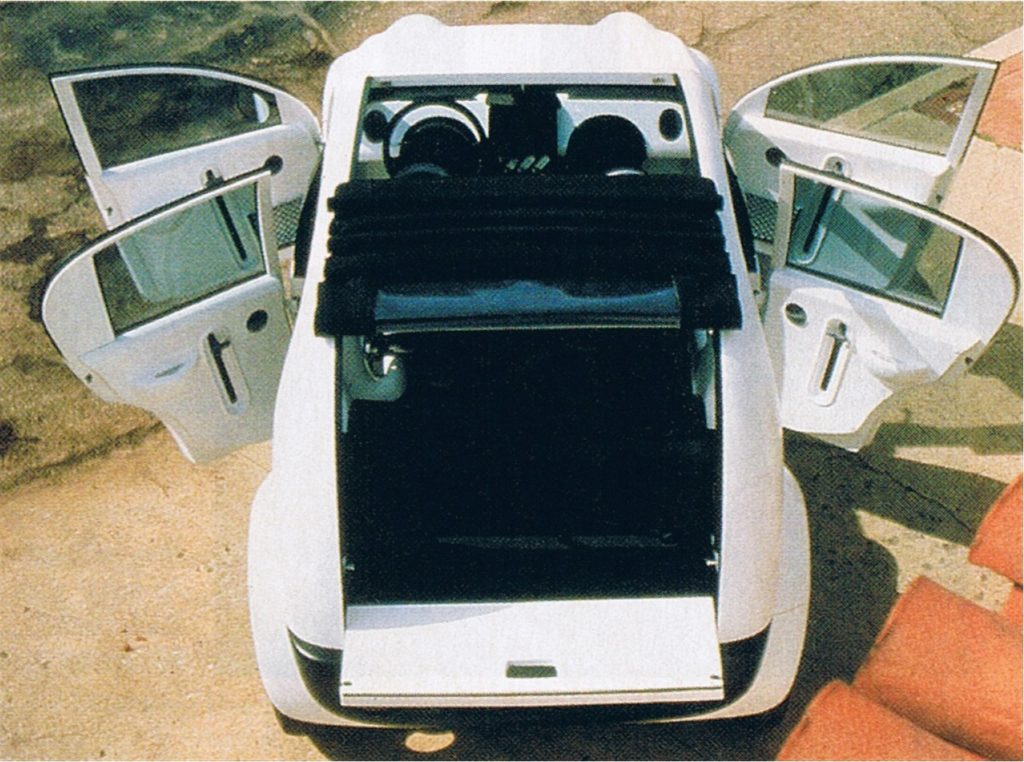
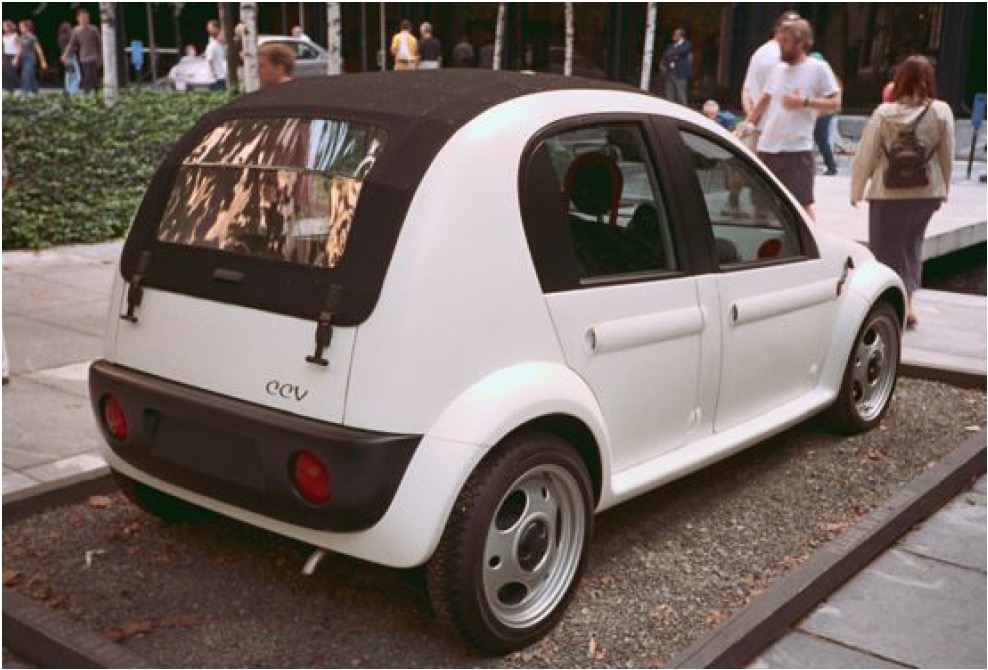
Format: Paperback, 6” by 9”, 120 pages
Photos: 22 color and 5 black & white illustrations
ISBN-13: 978 1 935007 30 2
“The China Car” is available through Amazon.com, specialty automotive booksellers, independent bookstores, and directly from the publisher at: www.bullpublishing.com.
About the Author
François J. Castaing retired in 2000 as technical advisor to the Chairman of Chrysler Corporation. Before then Mr. Castaing spent 13 years with Chrysler Corporation, where he held various positions, including Vice-President of Vehicle Engineering from 1988 to 1996 and President of Chrysler International from 1996 to 1997. Mr. Castaing was Vice-President of Engineering and Group Vice-President Product and Quality of American Motors from 1980 until Chrysler acquired that company in 1987.
Mr. Castaing, a mechanical engineer born in Marseille, France, began his career with Renault as Technical Director of Renault Sport. He moved with his family to the US in 1980. Mr. Castaing is currently Chairman of the Board of FIRST in Michigan, and on the Board of Gentherm Corporation.
Update — Jan. 9, 2022: Mr Castaing got the year wrong on the 2CV. It was a ’57 not a ’58 and owned by David Maclean. Read about its history prior to Chrysler purchasing it here: https://citroenvie.com/preface-to-the-china-car-chrysler-ccv/

make it electric and you have a winner!
My reactions to François’ story:
• Chrysler had a wonderful moment of innovation which was squandered. Not just the CCV itself, but the whole concept of out-of-the-box thinking and the many clever inventions the CCV birthed.
• Chrysler’s lack of shared purpose and inconsistent internal/external messaging on the CCV were killing it long before MB came along; they just gave it a final push.
• Several bridges were left burning for Chrysler, in N. America and in India, when the CCV was killed in such an abrupt manner. And those guys have longer memories than we do.
• The Chrysler board’s choices for CEO defy belief; typical of when a company is in a crisis and the board really does not know what to do and chooses a self-proclaimed messiah. Iacocca was a great huckster who secured the bailout when it was needed and knew how to sell cars, but he was a poor strategist to be at the top. And he was about the best one.
• Daimler’s Germanic conservatism was a terrible fit with Chrysler’s culture; one wonders why the takeover (NOT a merger at all) ever took place. No wonder Daimler’s shares shot up when they unloaded Chrysler.
What a strange company Chrysler has been for many years; I wonder if Stellantis will have better luck? Tavares is a very good strategist and knows how to execute, but Europe and N. America typically are 2 solitudes, business-wise. Still, the French saved Chrysler at least twice, maybe they will do it again:
Chrysler US needed a small car when the oil crisis hit but had nothing in the cupboard. They were able to mostly copy the 1977 Simca/Chrysler Europe Horizon and bring it to North America, saving the company.
With no new product yet again, the company borrowed another design from Chrysler Europe, the 1979 Talbot Solara (Simca designed), and developed it into the 1981 K-cars, saving them once again.
I had a K-car wagon once, the biggest piece of crap I ever drove – apart from a 1988 Hyundai Excel. Its best feature was the Citroen drive shafts it used.
The book was a great read, George; thanks for introducing me to it,
Geoff
I was a participant in the CCV program for the first year of its existence. Being Dupont Automotive Polymers dept Design Programs Mgr during that period of time, I was actively involved from day 1, as I had already helped Chrysler launch their new carline – called the LH series – with their first ever Dupont plastic front fenders on their 3 sedans – the Dodge Intrepid, a Chrysler version, and the top of line LHS style. Those three cars replaced Iacocca’s boxy K car sedans and other larger cars. The CCV – or Chrysler Concept Vehicle – was the brainchild of Francois Castaing, then Chrysler Chf Engr, and a Frenchman, who came over with AMC when Chrysler bought them.
As Francois grew up in a 2CV, his program was set up to explore producing a Chinese version of the Duck to replace the one-lung garden tractor pulling a 4 wheel cart with produce and family on it, which was standard transportation for many Chinese before they got rich, and designed to put the Chinese farmer on better wheels a la the Deux Chevaux. This internal quiet program started up at their New Liberty facility right down the street from our Dupont field office, where I set up our plastics application development lab in 1980. First thing they needed was a 2CV to expose their engineering team to the car, so I found them a source thru David Allen, who back then was importing Cits to the US. He sold them a ’57 restored car. Then they managed to break the transaxle at their Chelsea Michigan test track, so I found them a used one for $50, saving them from spending big bucks custom-making new gears for the broken one! (Should have asked for $500!). Six months into the program I walked into their facility and found a ’59 Panhard Dyna Z16 being gone over by an engineer. Turns out Bob Lutz, then Chrysler CEO and Swiss, had found the Dyna at an E. Coast engineering shop and brought it into the program as another example of a flat twin engine, which is what they were considering. That became another study car in the program.